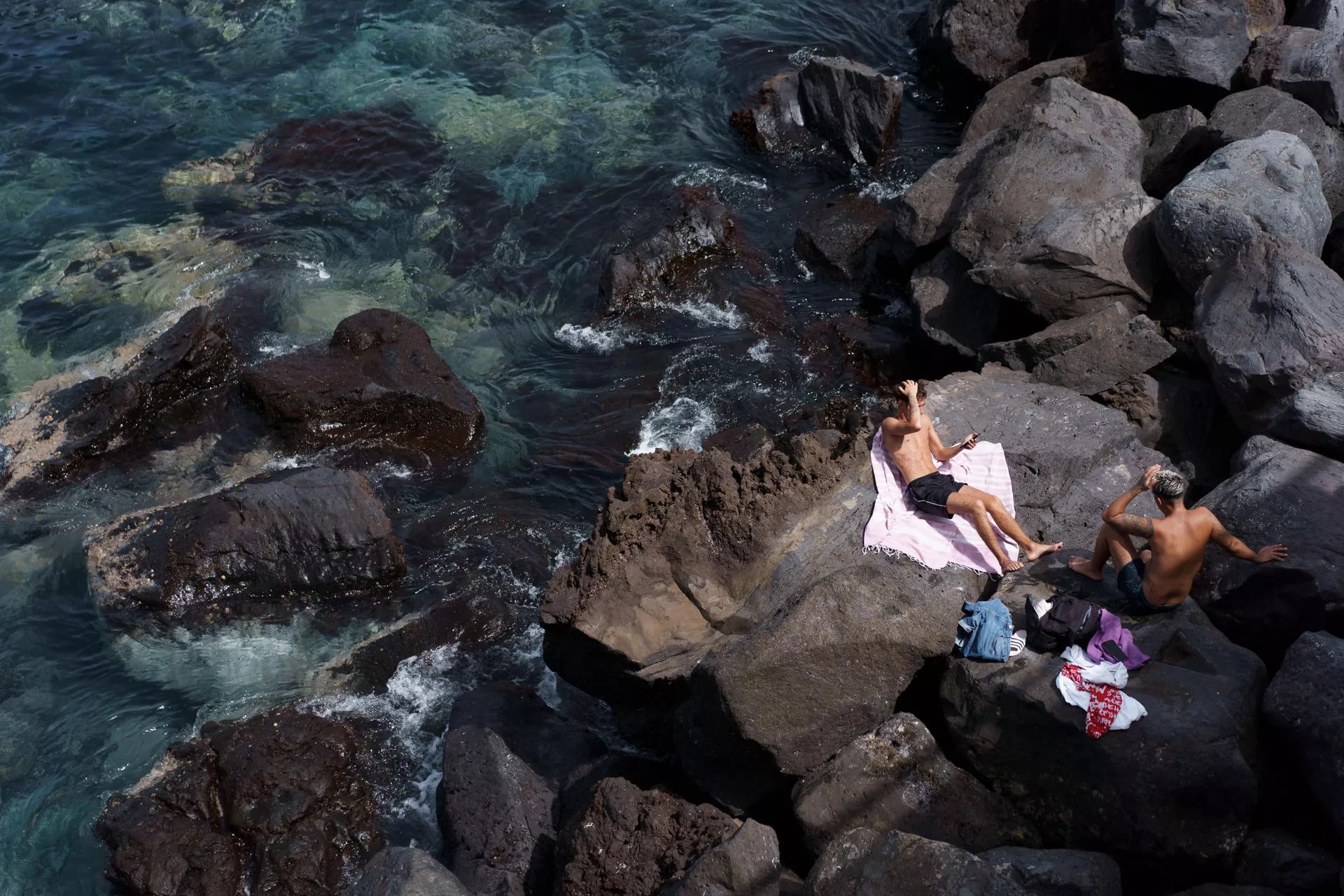The neighbourhood of María Jiménez in the capital will soon be home to 37 new publicly-supported affordable homes by early 2026. The City Council of Santa Cruz de Tenerife has announced a tender for the construction of these social rental apartments, with a budget of 4.4 million euros. Construction is set to commence later this year, with an expected completion period of 16 months upon contract award.
The Mayor of the city, José Manuel Bermúdez, affirmed yesterday that “this marks a significant step towards initiating the construction of these 37 homes promptly, as it fulfils our commitment to new developments, which will soon be complemented by the 200 new units in Cuevas Blancas.”
Councilor for Municipal Housing, Belén Mesa, noted that “this tender announcement and publication in the Contractor’s Profile will expedite the commencement of this project, which is funded by the Government of the Canary Islands, with the city council providing the land.” She also added that “this initiative aligns with the priority agenda set by the local government team, along with other projects such as ARRUs and building renovations to enhance sustainability, such as the ongoing project at 381 in Añaza.”
This initiative is part of the 2020-2025 Housing Plan of the Government of the Canary Islands, with the government covering construction costs and the city council contributing the municipal plot, a 1,356 square meter piece of land valued at 525,000 euros under the Official Protection Housing (VPO) regulation, located between La Portada, Los Pérez, and María Jiménez streets.
Allocation of the new apartments will follow a regulated procedure, adhering to applicable regulations at the time of award, with priority given to individuals or families registered as protected housing applicants.
The building, designed by the UTE Centro Añaza-María Jiménez, consists of 3 above-ground floors and a basement level for parking.
Design Details
The homes include a living room, kitchen, bedrooms, and bathrooms, as per the specific typology outlined in the plans. The building layout maximises space utilisation, with vertical communication cores serving as a central organising element.
Featuring a central core design, the building ensures efficient connectivity between individual units, fostering better ventilation and private space allocation. Most units comprise two or three bedrooms, with provisions for two adapted homes and a 4-bedroom sheltered house.
The City Council has also collaborated with the Canary Islands Housing Institute to boost public housing availability in Santa Cruz de Tenerife between 2020 and 2025, planning various developments on municipal land, particularly in the María Jiménez and Cuevas Blancas areas, aiming to reach a total of 341 social rental units.
















